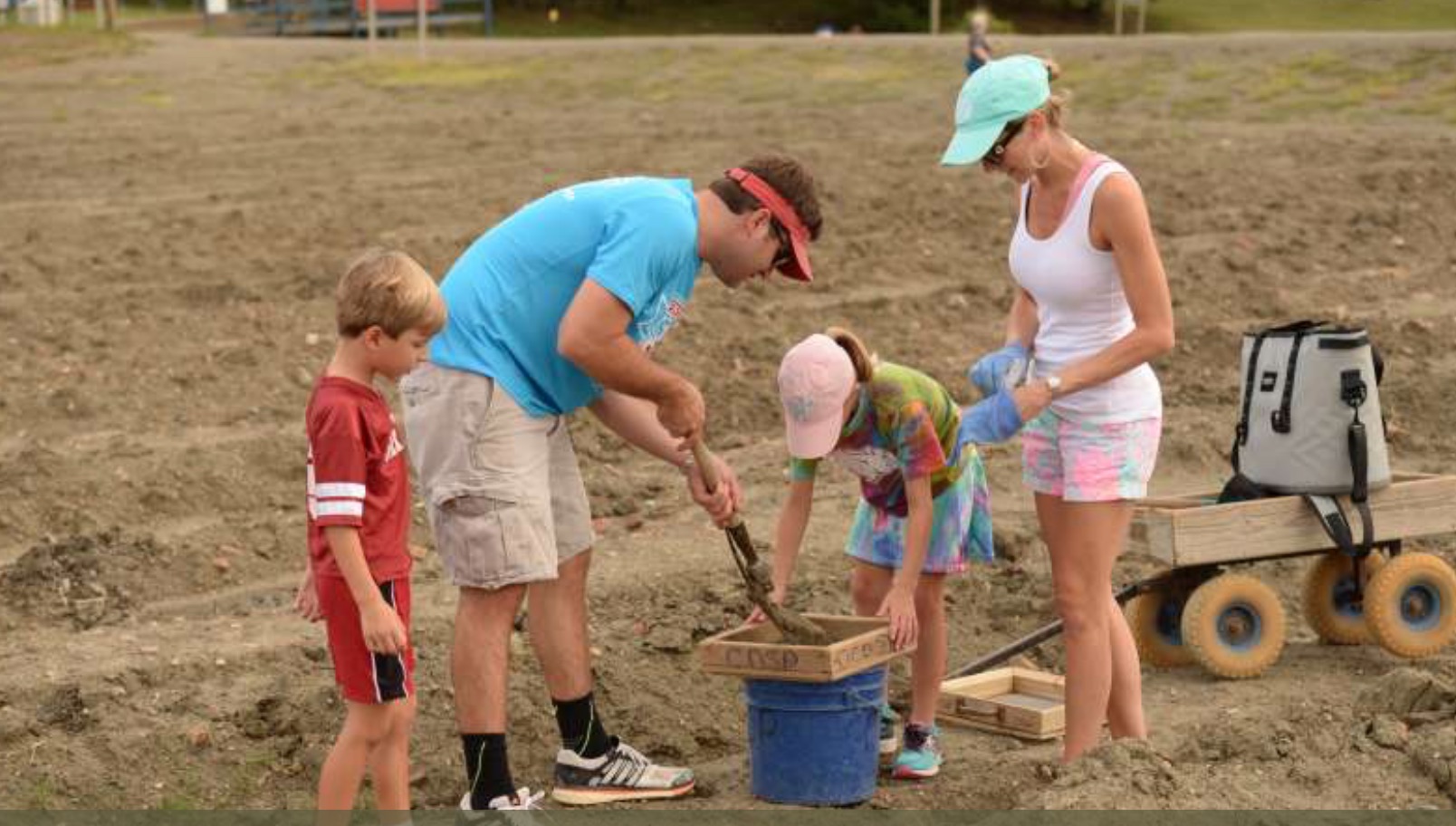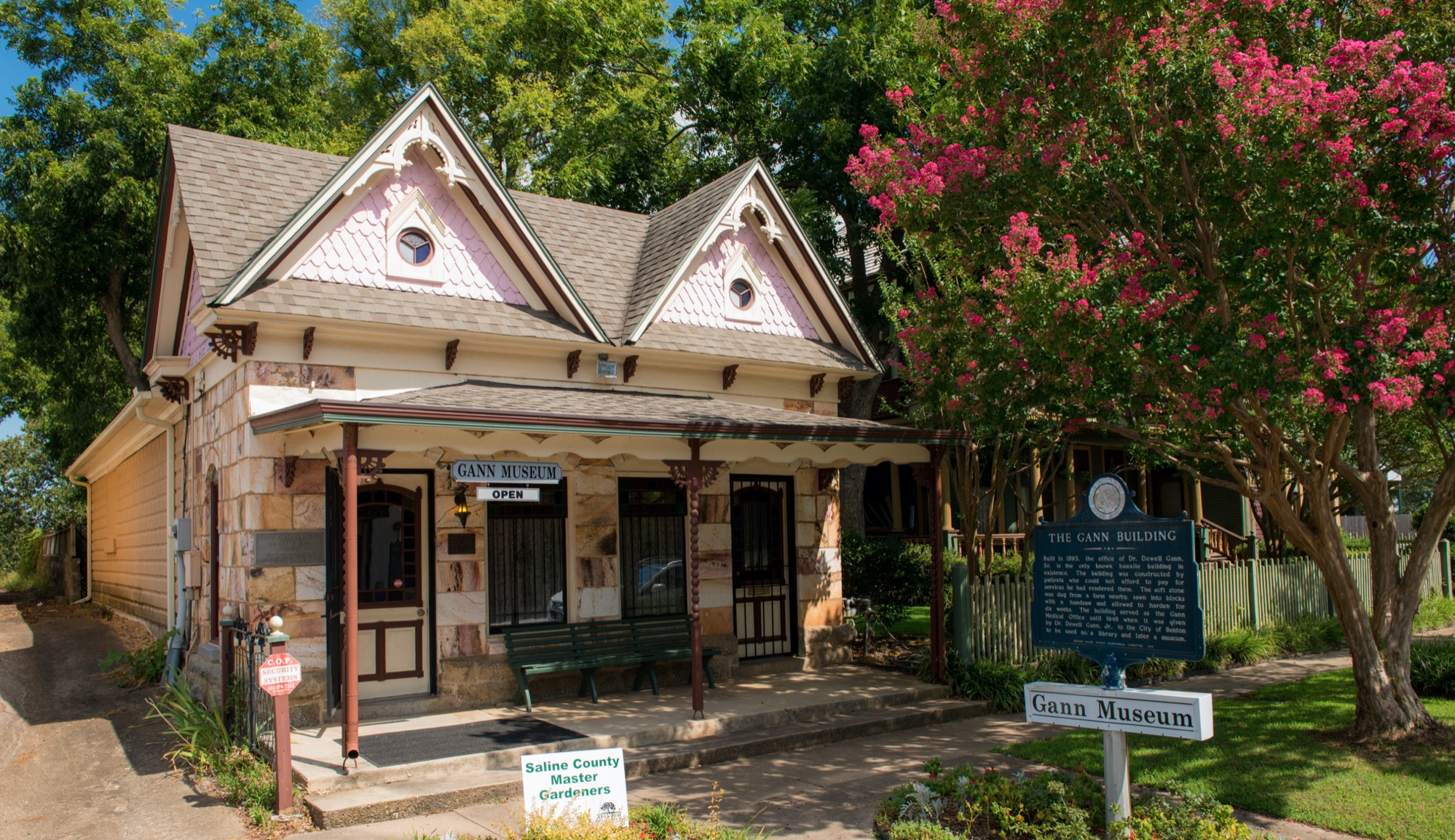Discover Arkansas' State Symbols
Symbols are a way to highlight the cultural and natural heritage of a state. Arkansas has many state symbols that help showcase the special heritage of The Natural State.
Arkansas named the Apple Blossom the state flower in 1901. Arkansas was at one time in its history a prime producer of apples in the northwest part of the state. The town of Lincoln still pays homage to this history with their annual Arkansas Apple Festival that is held in October.
The Northern Mockingbird, one of the most popular birds in the South, became the state bird of Arkansas in 1929. This bird is an intriguing one to listen to and it can mimic the music of various birds and even other animals. This bird, which is common to see around neighborhoods, can be found in Arkansas year-round. It likes to hang out in open areas with shrubs and trees.
The South Arkansas Vine Ripe Pink Tomato ( that is a mouthful) became the state fruit and vegetable in 1987. The tomato industry has a ripe history in Arkansas and Bradley County is well known for their pink tomatoes. You can check out the annual Bradly County Pink Tomato Festival in Warren in June. It is oldest continuous running festival in Arkansas.
The diamond became the state gem in 1967. Crater of Diamonds State Park in Murfressboro is one of the only diamond-producing sites in the world where the public can search for diamonds and keep what they find.

Bauxite also became the official state rock in 1967. Two Arkansas museums house an impressive scope of Arkansas history tied together by their connection to this rock – the Gann Museum in Benton and the Bauxite Historical Association Museum in Bauxite. First discovered in the state in the late 1880s, bauxite ore played an important role in Saline County and for the world. For a while, the town of Bauxite, which even took its name from this rock, produced most of the world’s aluminum. You can learn more about this history at the Bauxite Historical Association Museum in Bauxite. The Gann Museum was built in 1893 and is the only known building in the world made out of bauxite, which is what is used to make aluminum.

Speaking of rocks, the Quartz Crystal became the official state mineral in 1967. You’ll find multiple dig-your-own crystal mines in the Ouachitas with most of them located in the small tow of Mount Ida, which is even known as the Quartz Crystal Capital of the World. Additional mines can be found in Mena, Jessieville, and Story. There are also numerous rock shops close to the mining areas in Hot Springs and the Ouachitas that sell Arkansas crystals.

The Dutch oven was named the state cooking vessel for the state in 2001. The Dutch oven was the foundation of cookware for early American settlers and they are still popular with culinary enthusiasts today. Many state parks across Arkansas offer Dutch oven cooking classes and dutch oven cook-offs are also popular here.
Rice became the state grain of Arkansas in 2007. Arkansas is the top rice-producing state in the U.S. and Stuttgart is known as the Rice and Duck Capital of the World. The town is surrounded by the Arkansas Grand Prairie where the commercial production of rice first started in the early 1900s.
The Diana fritillary butterfly became the state butterfly of Arkansas in 2007. These butterflies are some of the largest that can be found in the state and they seem to like the mountain areas of Arkansas. A popular place to see them is at Mount Magazine State Park in the summer months.
The Cynthiana grape became the state grape in 2009. Arkansas has a rich heritage of vineyards and wineries and the Altus area, which is home to numerous wineries, is known as Arkansas Wine Country.

The Arkansaurus fridayi was named the state dinosaur in 2017. The bones of Arkansaurus were discovered in the town of Lockesburg in 1972. The only other evidence of dinosaurs in the state is a sauropod trackway site that was discovered near Nashville, Arkansas in 1983.
The Bowie knife became the state knife of Arkansas in 2020. Arkansas has been a hotbed of bladesmithing throughout the history of the state and around 10 percent of the world’s recognized Master Bladesmiths are Arkansans. The first bladesmithing school, the Bill Moran School of Bladesmithing, was even created in the state in the late 1980s. For many years the school was the only one of its kind in the nation. It was named after Bill Moran, the first smith of this century to successfully forge Damascus steel. The town of Washington, Arkansas, which is home to Historic Washington State Park, has many ties to the craft too. Washington, Arkansas' most famous blacksmith, James Black, is credited with forging one of the original Bowie knives for James “Jim” Bowie in the early 1830s. The town, which is on the National Register of Historic Places, is now both a state park and town intermingled. The park includes over thirty restored historic structures that serve as a homage to what life was like in the town during the 1800s.
One of the many structures people can tour now when they visit Historic Washington State Park is an interpretive blacksmith shop. Built by the Pioneer Washington Restoration Foundation in 1960, the shop has working forges. Washington’s most famous blacksmith, James Black, is credited with forging one of the original Bowie knives for James “Jim” Bowie in the early 1830s. Throughout the year, the state park hosts forging workshops where you can learn the craft. A bladesmithing school, the James Black School of Bladesmithing and Historic Trades, can also be found at Historic Washington State Park.

This is just a peek at a few of the state symbols of Arkansas. You can learn about more via the Encyclopedia of Arkansas.
